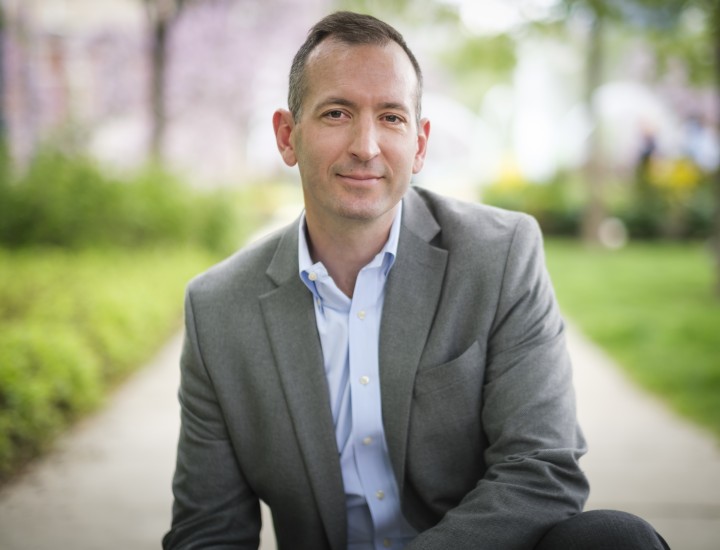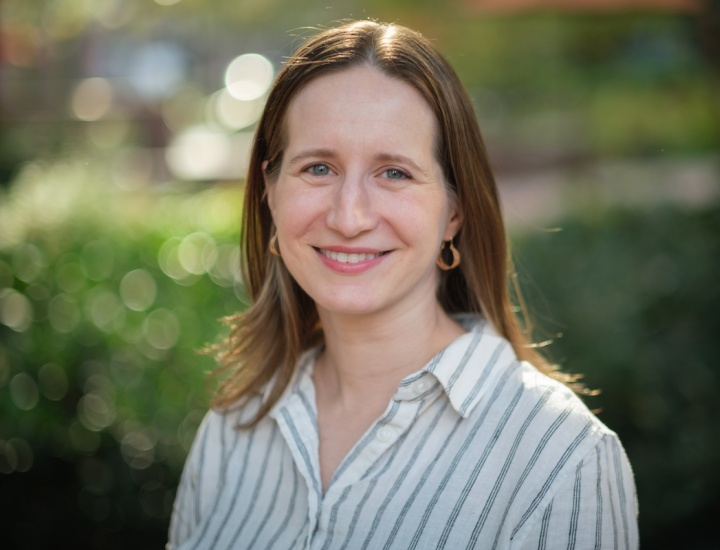Environment and Public Space
Protecting and improving natural areas and community spaces.
Environmental assets and environmental burdens significantly affect the quality of life for the residents and communities of Greater Philadelphia – especially for those residents and communities that have experienced decades of discrimination and disinvestment.
The Environment and Public Space program invests to help communities reduce harmful impacts to their natural environments, improve the quality of their natural and community spaces, and prepare for the impacts of climate change.
We want to help propel solutions that will reduce illegal dumping and stem the flow of untreated sewage into waterways. We want to help expand access to safe, well-maintained, and well-programmed parks, trails, gardens, libraries, and recreation centers. We want to help communities develop and implement plans to flourish, despite the impacts that climate change will bring such as extreme heat, increased precipitation, and sea level rise.

Program Objectives
Do your programs and services advance our Environment and Public Space objectives? Learn about the outcomes we are working toward and related funding opportunities.
Strategy
Reduce harmful environmental burdens.

Strategy
Expand equitable access to and improve the quality of natural and built public spaces.

Strategy
Strengthen resilience to the impacts of climate change.

Interested in funding?
Click 'How to Apply for a Grant' to learn about our application process.
If the Environment and Public Space program isn’t a match for you, explore our other programs to find what's right for your organization.
Environment and Public Space Team
See All Awarded Grants and Grantees in Environment and Public Space
Use our search tool and filter by Environment and Public Space to see previously awarded grants.









